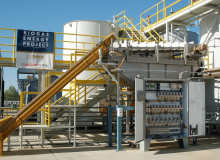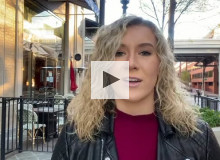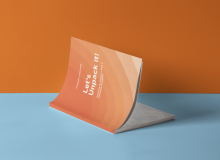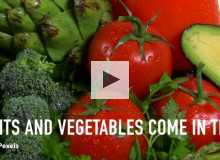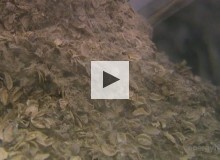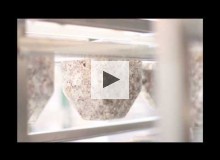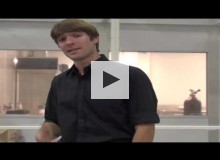packaging
Planet Forward Correspondent | George Washington University
There are only two days left at COP26, and while much progress has been made, there's still more to do. Today learn about how reducing methane could change our climate's course, and explore packaging challenges.
George Washington University
The secondary byproduct of the pandemic: More takeout orders means restaurants are producing more packaging waste, prompting the need for a sustainable solution for carryout food.
Planet Forward Correspondent | Carleton College
When the idea for a reusable container program was pitched last fall, no one could have guessed that a year later, the campus would be overflowing with the green containers — or that we'd be in the middle of a pandemic.
George Washington University
There's much to unpack within the sustainability movement of design, and it’s becoming increasingly important for designers to open dialogues surrounding what role they play in this movement.
The George Washington University
Why do we need to buy a cucumber that is wrapped in cling wrap, when it is already wrapped by nature?
energyNOW
EnergyNOW! special correspondent Josh Zepps looks at how Ecovative Design is replacing materials made from synthetics with eco-friendly packaging made from mushrooms and agricultural byproducts.
This time-lapse video condenses 14 days of EcoCradle™ growth into 14 seconds.

